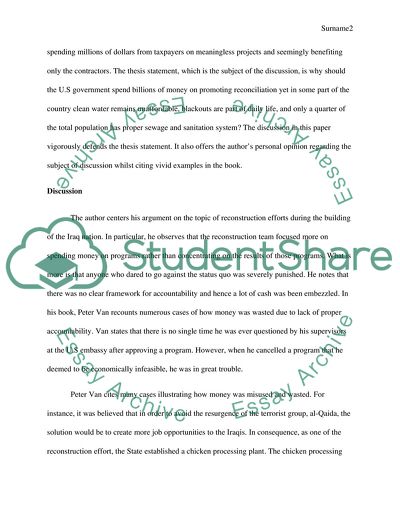Rhetorical Analysis in the Book We Meant Well By Peter Van Report/Review Example | Topics and Well Written Essays - 1500 words - 8. https://studentshare.org/literature/1871722-rhetorical-analysis
Rhetorical Analysis in the Book We Meant Well By Peter Van Report/Review Example | Topics and Well Written Essays - 1500 Words - 8. https://studentshare.org/literature/1871722-rhetorical-analysis.


